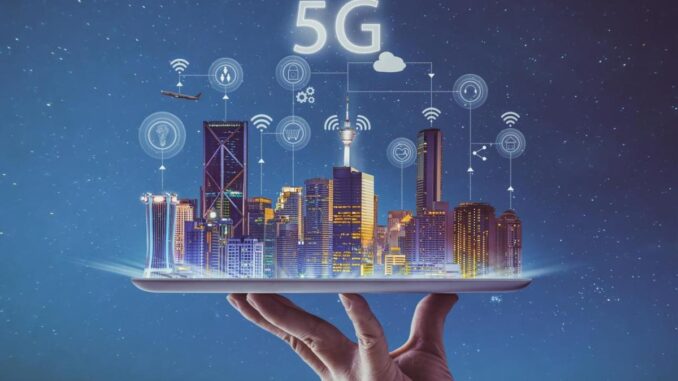
5G technology represents the fifth generation of mobile network technology, and it has brought about significant advancements compared to its predecessors. Here are some key technological advancements associated with 5G:
1. Enhanced Data Speeds – Higher Bandwidth: 5G can provide maximum download speeds exceeding 10 Gbps, which is several times faster than 4G LTE.






– **Low Latency**: 5G is designed to achieve latency as low as 1 millisecond, making real-time applications more viable.
### 2. **Increased Capacity**
– **More Devices**: 5G networks can support a massive number of connected devices per square kilometer (up to 1 million), enabling the Internet of Things (IoT) to flourish.
– **Improved Efficiency**: Advanced network management techniques allow 5G to handle more data traffic without degradation of service.
### 3. **Network Slicing**
– **Tailored Services**: 5G allows for network slicing, which means the network can be partitioned into multiple virtual networks tailored for specific applications (e.g., autonomous vehicles, smart cities).
– **Resource Allocation**: Operators can allocate resources dynamically as needed, optimizing performance for different user requirements.
### 4. **Massive MIMO**
– **Antenna Technology**: Massive Multiple Input Multiple Output (MIMO) technology employs multiple antennas at both the transmitter and receiver, enhancing capacity and efficiency.
– **Spatial Multiplexing**: This enables more data to be transmitted simultaneously without interference.
### 5. **Beamforming**
– **Focused Signals**: Beamforming technology directs signals towards users rather than broadcasting in all directions, improving signal quality and speed.
– **Improved Coverage**: This helps mitigate issues with coverage in dense urban environments and crowded areas.
### 6. **Edge Computing**
– **Localized Data Processing**: 5G supports edge computing, where data is processed close to the source rather than relying on distant centralized data centers, reducing latency and bandwidth use.
– **Real-time Analytics**: This is crucial for applications that require instant data processing, such as autonomous vehicles and augmented reality.
### 7. **Energy Efficiency**
– **Sustainable Operations**: 5G technology aims to be more energy-efficient, reducing the carbon footprint associated with mobile networks.
– **Resource Management**: Advanced algorithms help optimize energy use across the network.
### 8. **Network Security**
– **Enhanced Protocols**: 5G introduces more robust security protocols to protect against cyber threats and data breaches.
– **Encryption**: Improved encryption standards help secure user data transmissions.
### 9. **V2X Communication**
– **Vehicle-to-Everything (V2X)**: 5G enables vehicles to communicate with each other and infrastructure, enhancing road safety and traffic management.
– **Autonomous Driving**: This technology is vital for the development of safer autonomous driving systems.
### 10. **Global Reach and Standardization**
– **Interoperability**: Efforts have been made to standardize 5G technology globally, facilitating easier implementation by operators worldwide.
– **Diverse Applications**: From healthcare to industrial automation, the versatility of 5G is fostering innovation across various sectors.
### Conclusion
5G technology presents a transformative opportunity across multiple industries, enabling new applications and enhancing existing ones. Its advancements in speed, capacity, and efficiency are crucial for supporting the evolving digital landscape, including IoT, smart cities, and enhanced mobile broadband services. As 5G becomes more widely deployed, its effects are expected to be felt in nearly every aspect of modern life.


Leave a Reply